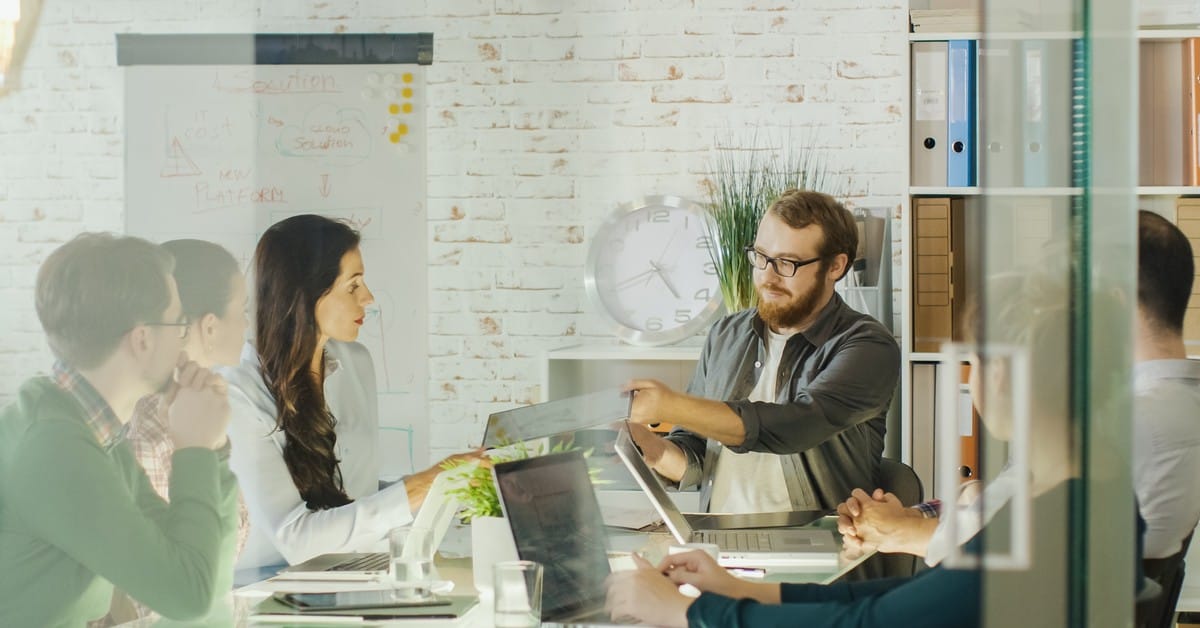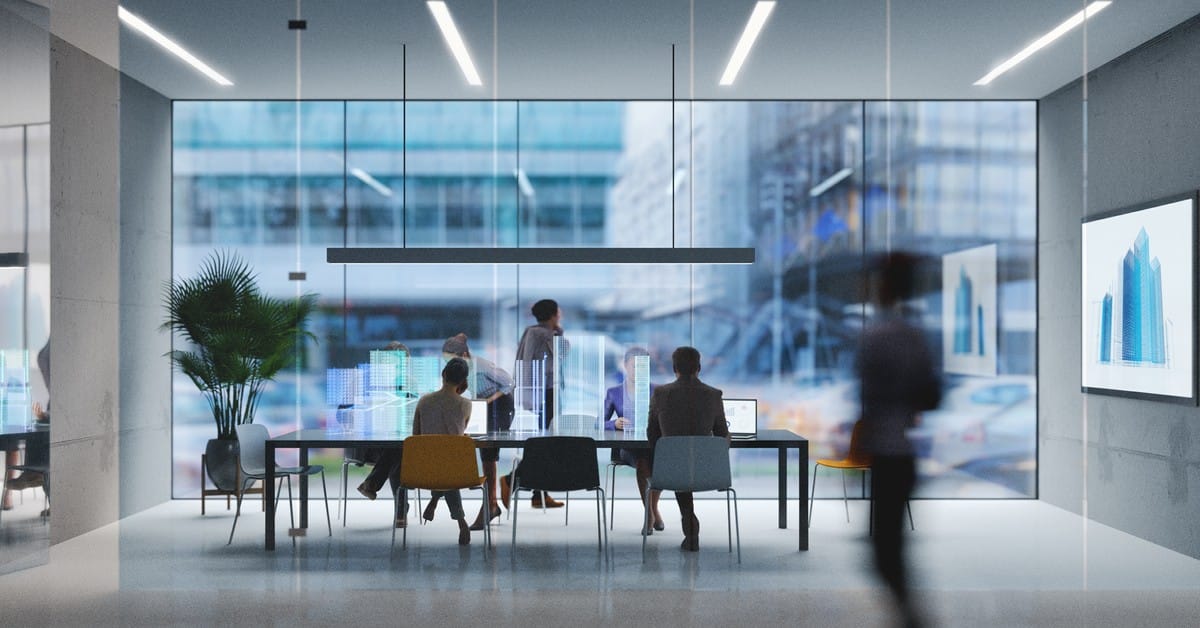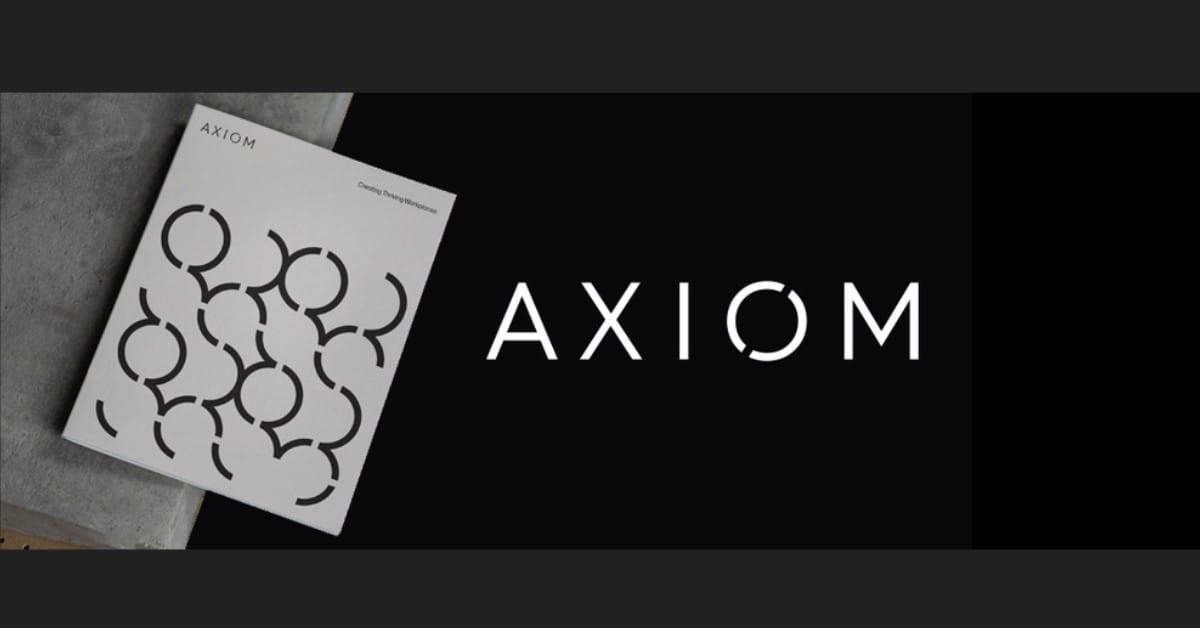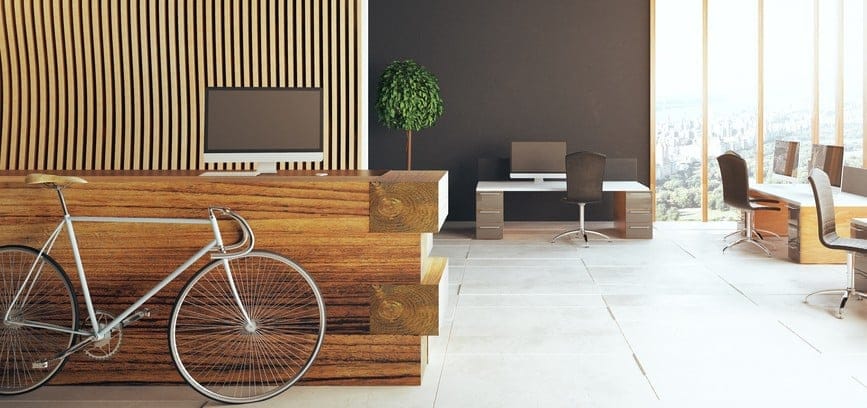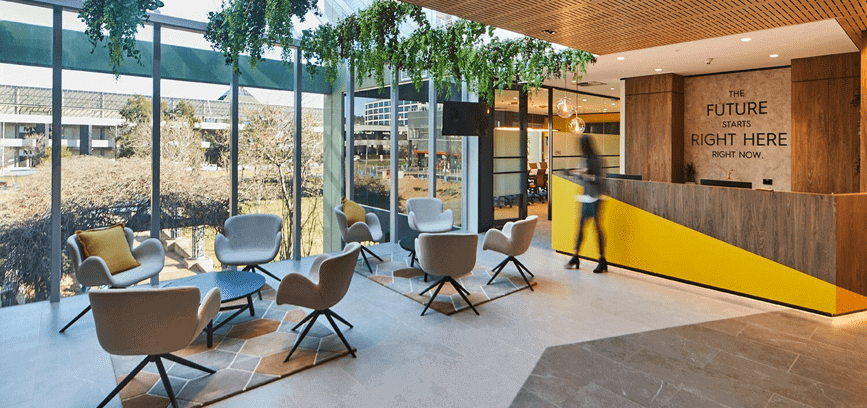Design matters: creating a space where we can work smarter
Does a strategically placed fiddle leaf fig plant really help your employees to work smarter? Technically, yes, although a plant won’t achieve this on its own. More on the fiddle leaf fig later. The ultimate workspace design combines several key elements to create an environment where productivity, creativity and wellbeing thrive. A well-designed workplace is one that’s seamless; your employees interact harmoniously with their surroundings. One that facilitates focus, energy and efficiency. So as we begin to embrace the hybrid working model, there are ways you can optimise your workspace to not only bring your employees back into the office but increase their output at the same time.
Ask your employees
The first step is to speak to your employees – what do they like about the current workspace and what do they need to feel more motivated and operate more efficiently? At Axiom, our wrkxTM data and strategy toolset measures the impact of workplace design on an organisation. We begin this process with an employee questionnaire – developed in collaboration with behavioural scientists – to assess how the current space could be adapted to help people work smarter. These insights tell us what is most important to the business, and what changes are needed, to deliver an intelligent design that motivates your workforce.
Place not spaces
Armed with your all-important employee intel, it’s time to focus on places, not spaces. Drawing on the principles of agile working, your design should offer a variety of purposeful places to suit the task at hand and/or individual preferences. In order to work smarter, sometimes we need a quiet place to think, while at other times we need a large, open place to collaborate. And after extended periods of working from home, employees are looking for an informal place to reconnect, relax and feel part of their workplace community. A workspace that pays homage to different styles of working can boost employee engagement and improve the overall enjoyment of office life.
Engage, entice and thrill your employees
In addition to creating the right settings for tasks, collaboration and socialisation using the principles of agile working, there are other fundamentals to keep in mind. It’s all about designing dynamic workplaces which create the perfect environment for productive thinking. Here are some other elements to consider:
- Create the perfect atmosphere through a look and feel that is not only engaging but also aligned to your brand. Consider what feels welcoming and inviting - spaces you want to be in. Trends like resimercial design are especially pertinent as we return to the office from WFH.
- Bring in nature. This is where the fiddle leaf fig comes in; plants have many benefits including producing oxygen and adding colour to the working environment, bringing the outside in. Access to natural light is just as important and while facilitating this might mean a complete overhaul of your workspace, it could also be as simple as moving impediments such as office furniture blocking a window. Enhanced ventilation, essential in our pandemic recovery, has also been shown to help employees work smarter with direct links to alertness and cognitive ability. Increasing access to the natural environment is a key element of your intelligent workspace design.
- Design for intrigue and interest. Give your employees a brain boost by including elements that are a little unexpected: an outdoor BBQ area, game zones, a specialised lab or a tech zone.
So as people crawl out from under the ‘work from home’ shell, how do you create the workplace of the future? A place where your employees can reconnect, be efficient and productive, yet feel just as comfortable as they do in their homes?
Gathering feedback is critical, asking your employees what they need will help make them feel valued, bring them on the journey and ultimately embrace their working environment. An intelligent design is a humanised design that recognises people need different places to work smarter – a diversity of purposeful places reflects the diversity of your workforce. And connection to the outside world, and the all-important benefits this brings to productivity and wellbeing, is just as essential as your floorplan.
Find out more about the workplace of the future in Leading the Future of Work in Australia: Insights and Strategies

